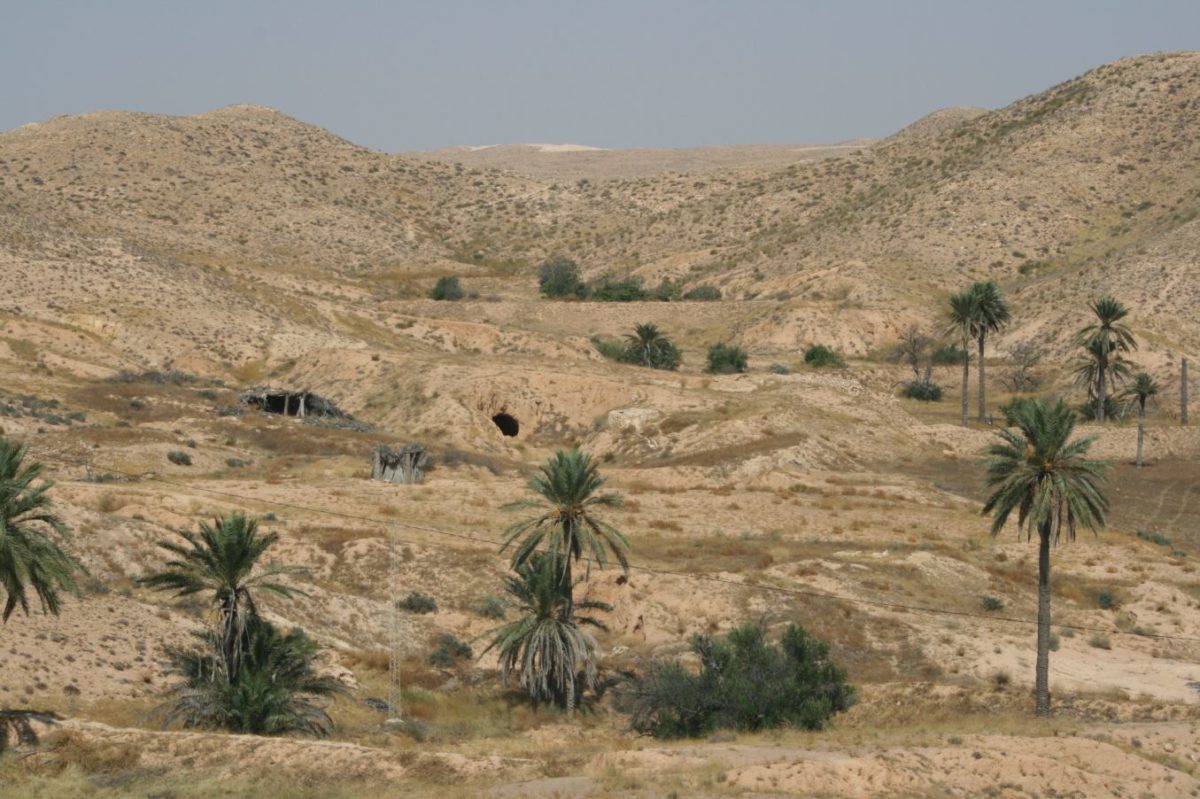The Tunisian Government is preparing the ground for the development of a giant solar energy project in the Remada region, in Tunisian Sahara, in the country’s southermost province of Tataouine.
Director of Renewable Energy for the government-run National Agency for Energy, Agence Nationale pour la Maîtrise de l'Energie – ANME, Karim Nefzi revealed to pv magazine that Tunisia’s Ministry of Energy, Mines and Renewable Energies recently held a meeting with the United Nations Development Program (UNDP) and other Tunisian government entities to discuss the project’s details at the beginning of August.
The project is intended to help the region achieve three main goals: (i) create the conditions for the development of organic farming; (ii) improve toursim in the Tunisian Sahara; and (iii) promote R&D activities in connection with innovative technologies for desert areas.
Furthermore, the project aims to improve security at the border with Libya, an area that has had an unstable security situation during the past years, due to the Libyan civil conflicts.
The first phase of the project, to be implemented between 2018 and 2020, will see the deployment of 200 MW of solar, in addition to the development of 5,000 hectares of agricultural land, the construction of a road, a village, and basic infrastructure, the establishment of a grid connection, and the creation of an international center to support the project.
The second phase, planned for the period 2021-2025, is expected to add a further 500 MW of PV power generation assets, an additional 15,000 hectares of agricultural land, and other infrastructure.
In the third and final phase, new PV capacity will reach 1 GW, while agriculture will be developed on a further total surface of 30,000 hectares.
Popular content
According to a recent study by the UNDP on Tunisia’s renewable energy development, the Northern African country has currently an installed capacity of around 5.2 GW. Around 90% of this is owned by Tunisia’s state-owned utility, Société Tunisienne de l’électricité et du gaz (STEG), while the remaining 10% comes from IPPs.
The UNDP has developed a public instrument package that is said to be able to reduce the LCOE for large-scale solar PV in Tunisia from €0.072/kWh in a business-as-usual scenario, to €0.058/kWh in a post-derisking scenario, reducing the price premium required from €0.019/kWh to €0.005/kWh.
Furthermore, the study reveals that financing costs are still one of the major challenges for renewables in the country. According to the UNDP, the cost of equity for wind and solar PV in Tunisia today is estimated at 17%, and the cost of debt, 8%.
“In conclusion, the modelling clearly shows that investing in public derisking measures should in every case be more cost-effective for Tunisia, compared to an alternative of paying higher generation costs,” the authors of the report said.
After closing its first 70 MW tender in early May, and launching the pre-qualification process for a new 500 MW PV tender a week later, the Tunisian government has announced it is tendering a second 70 MW series for solar projects up to 10 MW in size.
Tunisia’s renewable energy strategy is aiming to deploy around 4.7 GW of clean energy capacity by 2030. This will be enough to enable renewables to take a 30% share of the power mix.
This content is protected by copyright and may not be reused. If you want to cooperate with us and would like to reuse some of our content, please contact: editors@pv-magazine.com.



Great idea to combine renewable energy development with agriculture improvement. I wonder if they may consider so called Agro-PV, where you combine overhead / slightly higher installed PV and keep the ground below shaded from most of the direct sun. Thus reducing evaporation of the highly valuable and scarce water in the desert! Then LCO becomes a different dimension….